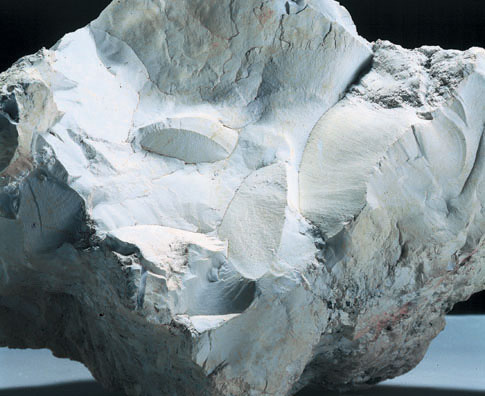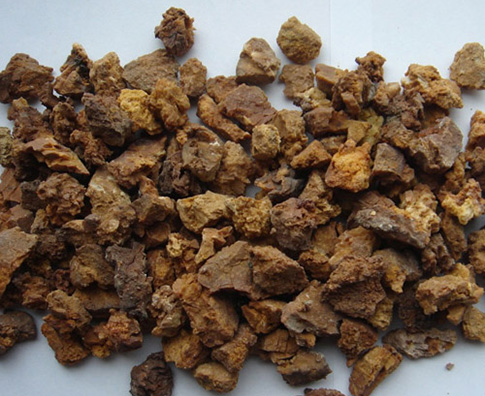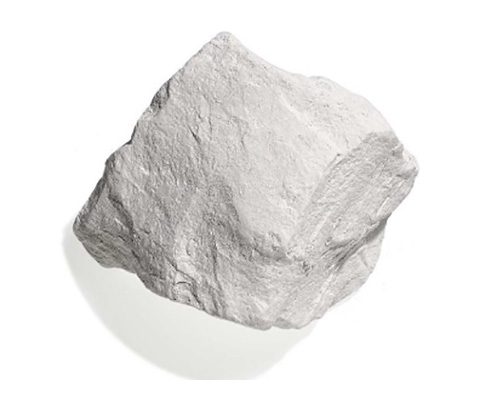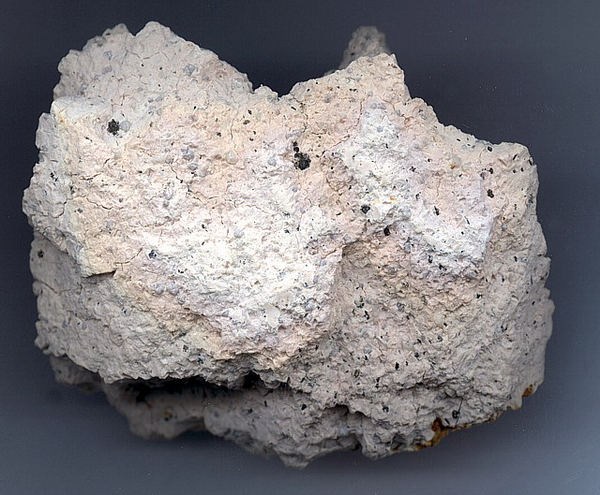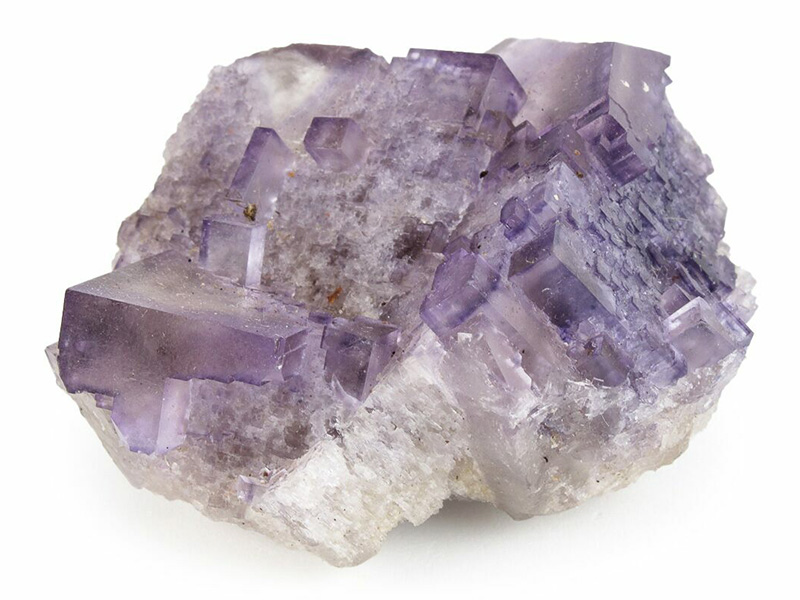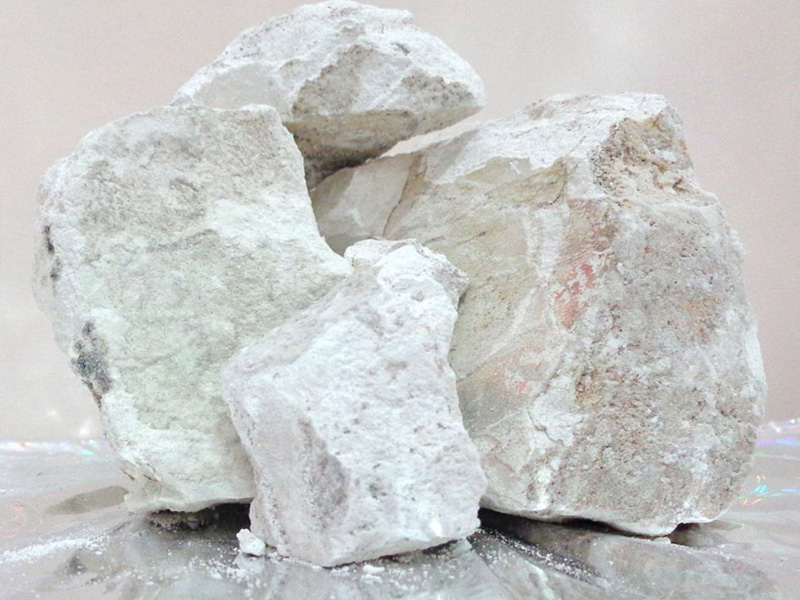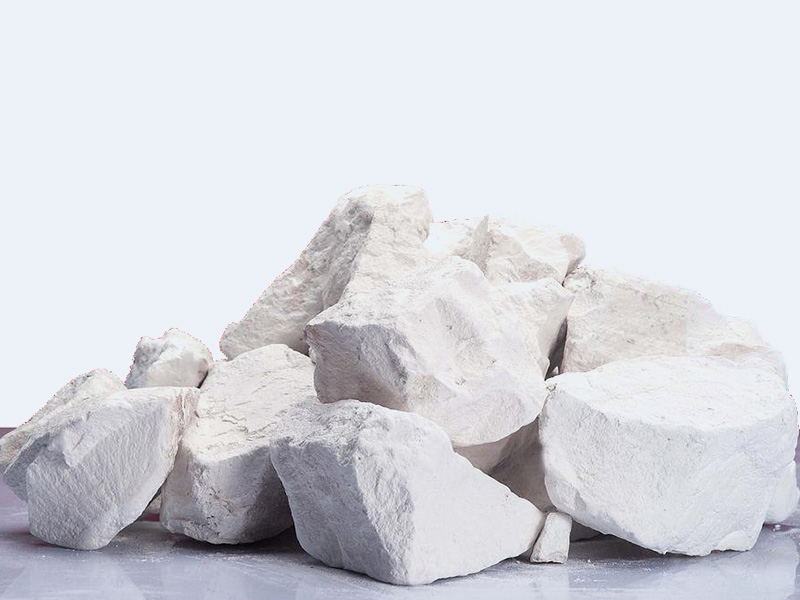The word “Magnesite” might have been derived from its chemical composition. Some believe that the name is originated from Magnesia region in Greece. The relevant chemical formula is MgCo3. Crystallization system: Hexagonal, Trigonal (a kind of calcite) The appearance of crystals is mostly like pile, strings, or sometimes compressed or grain shaped.
Products
Sinter Magnesite is gained through magnesite rock that this company is ready to cooperate with consumers as per the orders of more than 200 tons. In addition, Azar Sepeed Sepahan Co. is able to produce high quality Sinter Magnesite through having rotary kilns with 80m and 50m lengths.
Diatomite is a soft siliceous sedimentary rock formed by the accumulation of the amorphous silica (opal, SiO2•nH2O) remains of dead diatoms (microscopic single-celled algae) in lacustrine or marine sediments. The fossil remains consist of a pair of symmetrical shells or frustules.
Bentonite is a kind of fine clay and is normally referred to colloide organic soils that is mixed with Cretaceous Benton Shale near Benton Army Castle and Rock River, Wyoming. Bentonite is a matter under clay or semi-clay category and is formed by swelling minerals that generally contain montmorillonite and a little Beidellite.
This mineral is available in yellow, green, pink, blue, purple, no-color, and sometimes black, which is being crystallized in cubic system. Fluorine is semi-transparent with glass shining. The special weight of this mineral is 18.3 with the hardness of 4.
Raw Dolomite was introduced for the first time by a French geologist “Dolomieu” in 1791, which was applied for the Raw Dolomite Mountains in southern Tyrol and afterwards it was called Raw Dolomite. Raw Dolomite is calcium and magnesium carbonate that is the combination of calcite and megnesite with the chemical formula of CaMg(Co3)2.
Ideally, dolomite is made of Ca2+ and Mg2+ equal ions that have been separated in order by CO+. A good ordered formation of dolomite will cause some kind of ultra-structural reflections in X-ray Diffractometer (XRD), which is somehow structurally different with calcite.
Calcined Lime is being made through burning Limestone under 1000-1200°C. Rotary, vertical, or rotary-vertical kilns are applied for the industrial lime burning. Limestone is being kept in the kilns at least for 2:30-3 hours. Therefore, the more it takes burning, the quality of produced lime (Calcined Lime ) will be improved.
The main mineral constituent in lime is called “Calcite” with the chemical formula CaCo3. Carbonate calcium is the equivalent. Limestone or carbonate calcium is rarely found in the form of pure lime in the nature. This stone is mostly seen in the form of Clay-line, sand-lime, and dolomite.

